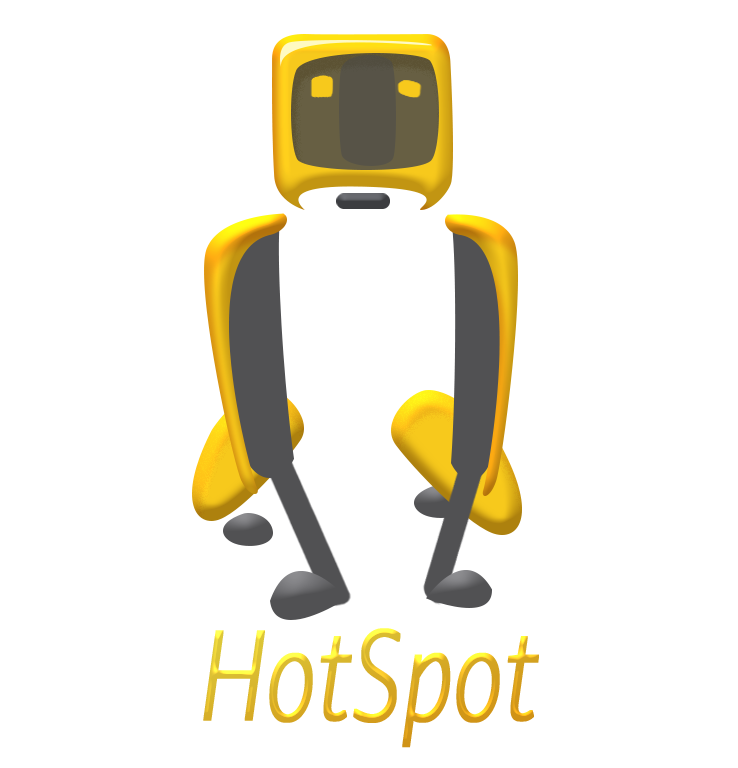We practiced with our instructors again on Monday. This time, we removed most words in our slides by pictures.
For example, this slide is about Spot’s constraints and the covid restriction we’re facing. We have pictures of Spot and CMU and an icon here. Then we have the script like this: “At the same time, there are some constraints and challenges that we should consider. Spot has obstacle avoidance ability and it makes object collisions difficult, which means Spot can’t pick up stuff, and it can’t fetch like a dog. And it’s a robot so it’s not safe for people to just physically interact with Spot like petting a dog. Spot can’t detect obstacles in a dark environment, so we should avoid darkness in our design in most cases. Also during this covid situation, we have limited access to the project room but at least one person needs to be there to safely operate Spot. We won’t have access to the ETC after Thanksgiving, due to CMU remote instruction policy so the experience we’re making should be replicable or at least testable in our home if we bring Spots home. “
Also we responded to Carl’s feedback, we made our slides more consistent and visually organized.
On Tuesday, we finally had our formal presentation. Although we weren’t able to see the audience’s reaction directly through Zoom, we believed that they liked our videos, concise slides, and honest playtesting results. We also answered the faculty’s questions well. One of the questions was what’s the overall story/game here? We expected this question and prepared our answer ahead as we didn’t show a background story in our presentation and we did mention that our client needs a whole experience rather than separate experiences. We answered: “We have talked to our client about this, and our client said it’s okay to loosely tight those smaller experiences together. Based on current prototypes, we already have 2 ideas, but the final experience will depend on what smaller experiences are. 1st idea is that the game’s mission is to fix a spaceship in space. 2nd idea is that a training dog game.”
Although we spent lots of time preparing the presentation, we made progress on the project as well. We shared the “Space rescue” story with our client and our client liked it.
We also playtested the Spot dance mechanism. We tried different key mapping
- a longer dance sequence
or
- short dance move
and the goal here is to let playtesters using the keyboard to control Spot to match the bits of a song. We were interested to know how they felt about this different key mapping and whether it’s fun to hit the bits.
Playtesters indicated that no matter which keyboard mapping was, it’s hard to tell when it’s the end of a move and then got confused about whether they hit the bits or not We figured that this was because of lack of feedback. In most rhythm games, there were lots of visual feedback/signals to indicate when are the bits, hitting or missing. However, this is quite challenging since we’ve decided not to use computer interaction to cause distraction. Another thing that playtesters pointed out was that although it’s good to watch Spot dancing with the music, it’s not that fun to constantly pressing keyboards at the same speed. From this, we knew that we might need to change to a song in which rhythm varies if we go this direction.
We then need to discussed with our client whether to make Spot dance more like a gamy experience or a rewarding experience. After discussion, we agreed that it’s more doable to make it a rewarding experience.
After understanding client’s preference, we can we spend more time in the project building stuff.
